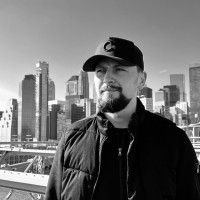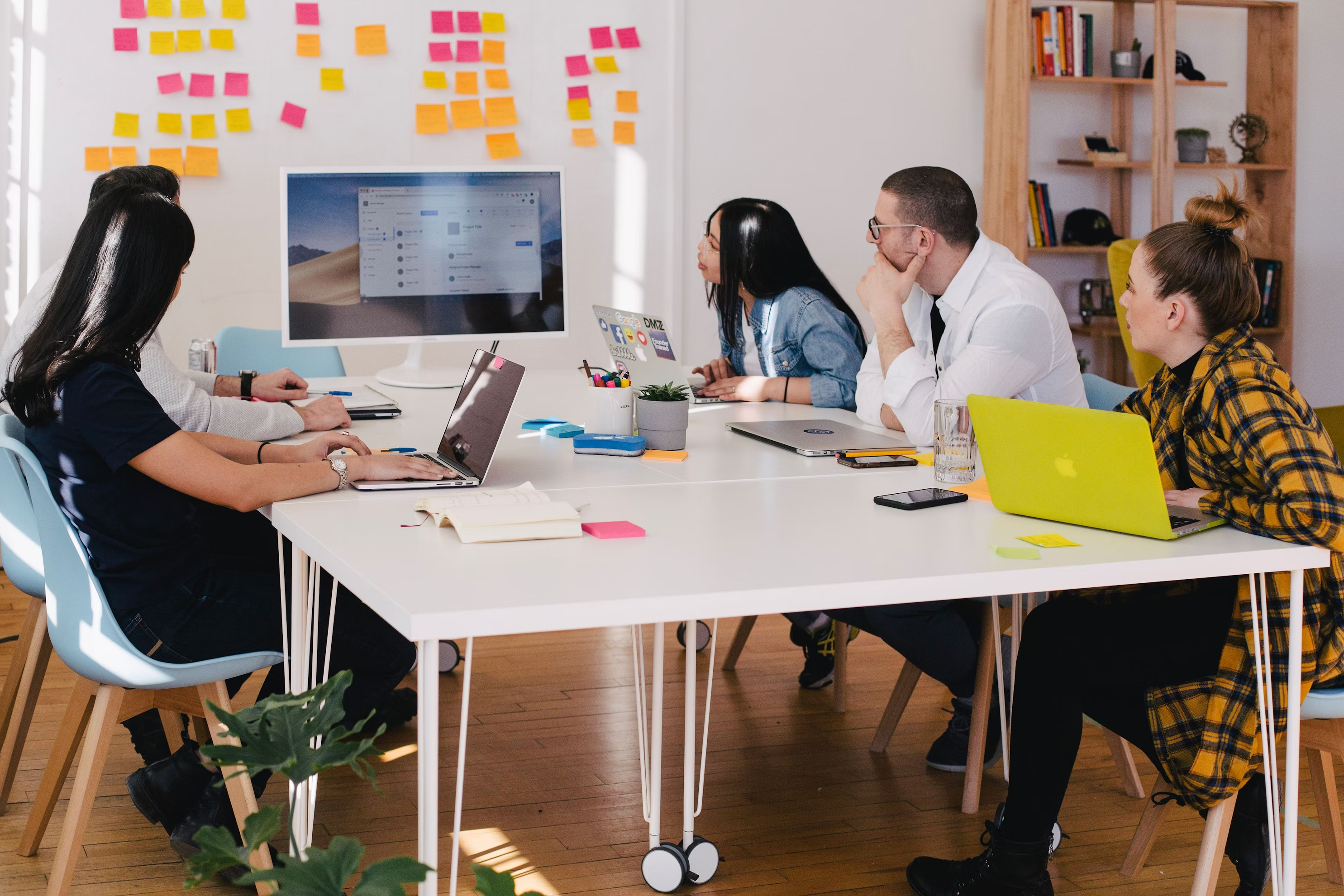As business owners and marketers, we’ve seen firsthand how capricious ad platforms can be. So, we know that if you hang around marketers at all, you’ll probably hear them complaining about how hard it is to run paid advertising these days.
Which might leave you wondering… Is it even worth it for me to do paid advertising for my business in 2024?
The short answer is YES! 💯
Even with its many flaws (which we’ll warn you of in detail in this article!), paid advertising is still one of the best and quickest ways to grow your business, even with algorithm changes, privacy concerns, and the crazy marketing landscape in 2024.
In this article, we’ll walk you through everything you need to know before dipping your toes into the paid advertising world. We’ll cover what it is, what you need to think about before you get started, and what platform to choose. We’ll even recommend some of our favorite resources for learning how to run ads.
Let’s get started!
Understanding paid advertising
Before you decide on the best ad platform for your business, let’s talk about paid advertising and how it can help your business grow in 2024.

What is paid advertising?
When you think of “advertising,” you might picture Mad Men-esque marketing firms pitching commercials or newspaper ads.
Before the internet and social media, there weren’t a lot of options when it came to advertising. And there was no need to differentiate between paid and free advertising.
Nowadays, paid advertising still plays a prominent role in growing businesses and revenue, but much has changed.
For one: Most of it happens online, not in commercials or ad spots.
For small to medium-sized businesses, online paid advertising is the BEST option. Ad spots are cheaper, more metrics are available, and you don’t have to spend tens of thousands of dollars on creative if you know your way around.
You’ll primarily see paid advertising falling into two categories:
- Paid social media advertising, where you pay a social media platform (like Instagram or TikTok) to put your ads into their user’s feeds. People can then interact with the ad or keep scrolling.
- Paid search advertising is where you pay search platforms (like Google) to show your website to people who search for specific keywords.
There are other differences (which we’ll discuss later in this article), but right now, you just need to know that both options exist.
Why do businesses invest in paid advertising?
The main reason businesses invest in paid advertising is simple:
You can get sales quite fast, and it also gives you a good overview of how much it costs you to get customers, even if that data is not the most accurate. It can also give you insights about your existing customers or potential new ones.
This depends on the type of business, of course. However, for most companies, paid ads are a goldmine of information and potential sales.
What should brands consider before they start advertising?
Before crafting a brilliant strategy that scales your business, you must understand what to consider when creating a paid advertising campaign.
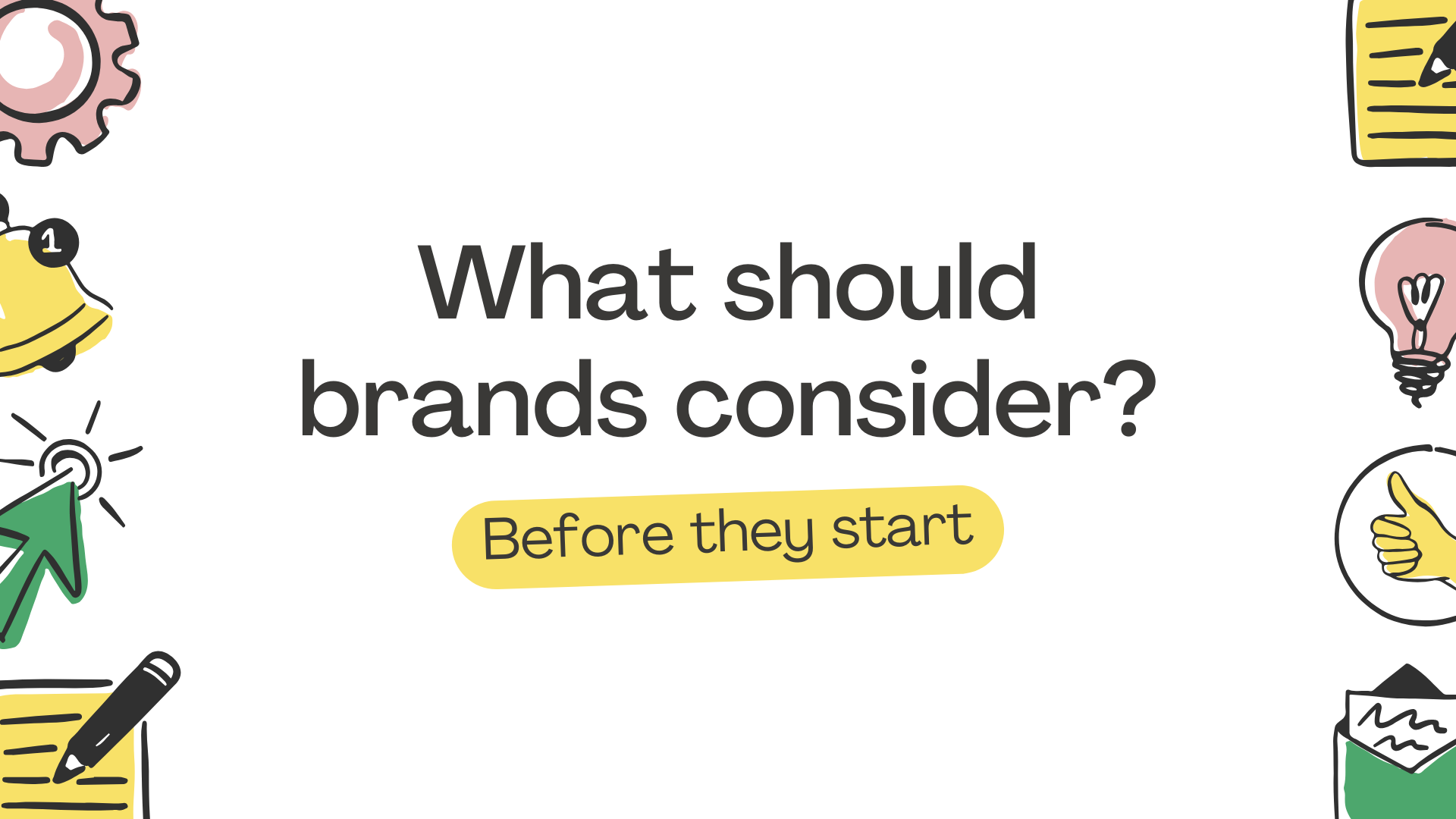
Note: For this article, we’re just focusing on paid advertising with the goal of increasing sales. If you’re interested in running an ad campaign for brand awareness or traffic but not purchases, the advice we give here will not be as helpful.
Where your target audience spends their time
If your audience is older, platforms like Facebook or Instagram will be a better fit than Snapchat or TikTok. If they’re younger, the opposite is true!
For niche markets (think crypto or NFTs, for example), X/Twitter is often a better choice.
Before spending a cent, know which social media platforms your target customers use in their spare time. Once you know that, let the rest of your strategy flow from there.
How to measure success
The second thing you’ll need to consider is how to measure success.
We’re not necessarily talking about setting SMART goals here–we’re deciding which metrics you’ll track to see if the advertising campaign worked.
After all, you won’t know if your paid advertising campaign succeeded if you don’t know where to check.
For a purchase-focused campaign, here are the main metrics we’d recommend you check:
- The number of sales or purchases. Check the actual number of sales or purchases resulting from the campaign. Social media platforms are notorious for getting this slightly wrong, but attribution is a big challenge for most of the brands doing advertising and there’s not much we can do about it right now.
- Cost per purchase or cost of acquisition. This is how much it costs to acquire one customer, and you’ll find it by dividing the total amount spent by the number of customers who bought your product as a result of the campaign. You’ll want to check if this cost is within your budget–for example, if you spend $60 to acquire a customer, how much do you make from their purchase? Is it profitable? This metric is more important than the number of purchases.
- Return on ad spend. This is the revenue generated for every dollar spent on the campaign, and you can find it by dividing the income you’ve made as a result of this campaign by the amount of money you’ve spent on ads.
The metrics above are calculated automatically on each ad platorm. To make those numbers the best they can be, here are some other metrics you’ll want to watch while your campaign runs. They’ll help you optimize your campaign for profitability:
- Impressions. Aka, the number of times your ad is shown to people.
- Cost per 1,000 impressions (CPM). This is how much it costs to reach 1,000 people.
- Reach. The number of unique people who see your ad.
- Clicks. How many times do people click your ad.
- Cost per click. How much you pay for each person who clicks on your ad (this will be lower than your cost per purchase because not everyone who clicks will buy)
- Click-through rate. How many people see your ad and click it.
- Frequency. How often do people see your ad in their feed.
There’s going to be a learning curve
While paid advertising is super effective, it also has a SIGNIFICANT learning curve.
You’ll need to learn a different advertising platform for each platform you use. Setting ads up on Facebook (Meta) differs significantly from setting them up on Google.
Plus, once the ads run, you must optimize them for better performance.
The sad truth is that this just takes time. So, be prepared to go to school.
One thing that can make it easier is to find a good source to learn from and stick with it. Avoid cherry-picking information from multiple sources–that’s way too confusing. Instead, find a reliable expert in running paid ads and follow their advice. If you’re unsure where to find someone, a great place to start is X (formerly Twitter), where you can find valuable information, insights, and people at the top of their field.
We’ll also link some of our favorite marketing coaches later in this article, so keep reading for that!
However, here is some good news: most of the concepts that you will learn when advertising on Instagram will apply to TikTok or Facebook as well; in fact, they will apply to all the platforms focusing on paid social media. The concepts in Paid search are quite different, but you only need to learn that once since this applies only to Google. Bing? Ugh, what is that? 😂
That you won’t always have perfect answers
We won’t go into great detail here but just know that it’s challenging to determine which ads are successful, no matter what ad platform you’re using.
You often won’t be able to attribute your success to one particular ad–you’ll need an overall picture of how the campaign performed. Even then, there can be quite a bit of guesswork involved.
So don’t be discouraged if your ads aren’t quite as precise as you’d like–that’s normal, and it’s still way more accurate than if you were renting a billboard or running a commercial on TV.
The top paid advertising platforms in 2024
Now that you’ve thought through many of the challenges of running paid advertising for your business, it’s time to get to the fun part: Picking an ad platform!
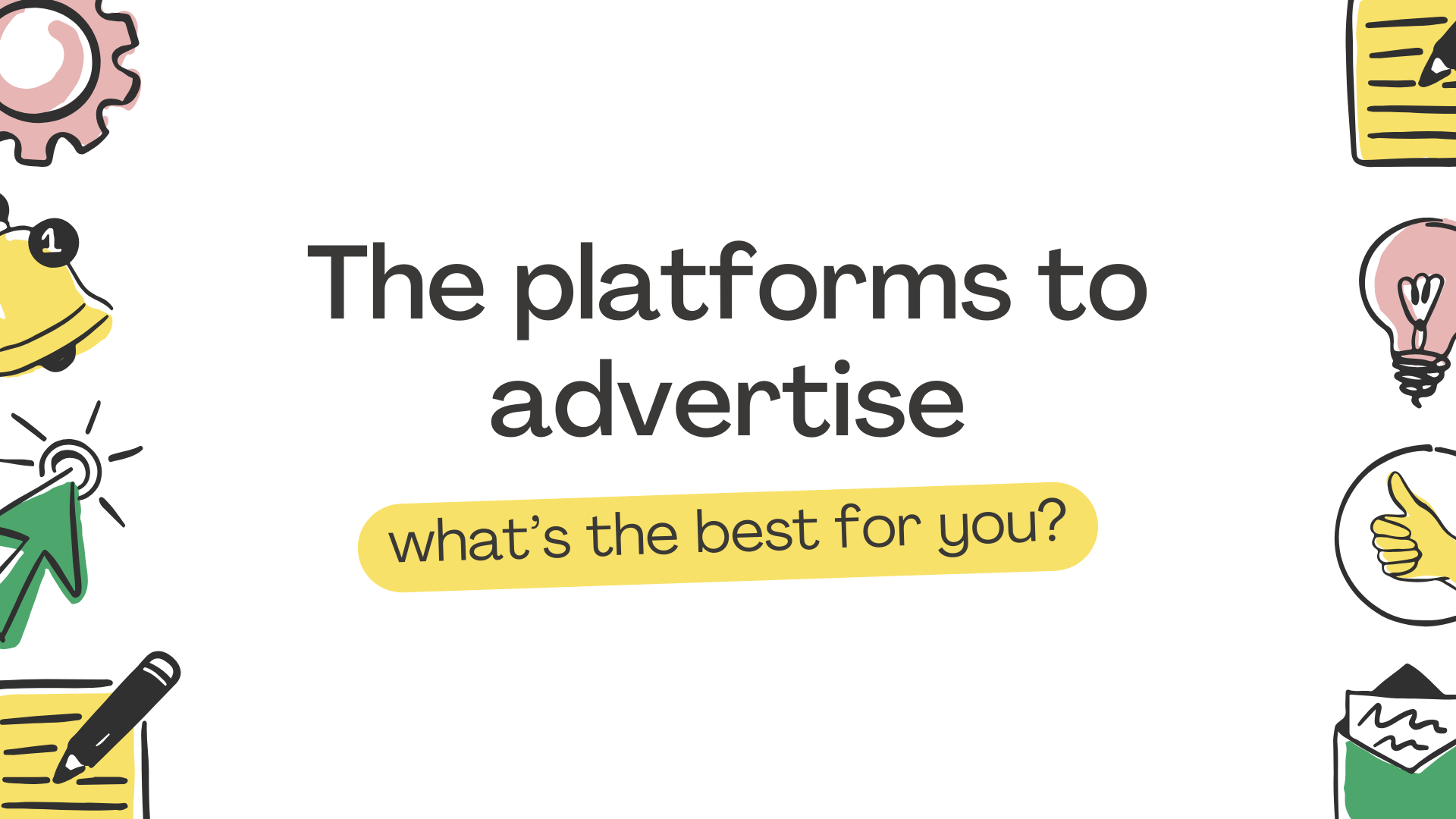
In this section, we’ll talk about each of the most popular paid advertising platforms and give you the pros and cons of each. We’re here to help you make the best decision, so we aren’t holding anything back!
Google 🔍
Google ads are the leading paid search advertising platform in the world. There aren’t any close competitors. If you’re interested in running ads with Google, here’s what you need to know:
Pros
- Extraordinary reach: The sky is the limit for who you can reach with Google–nearly everyone uses them to search the internet! You don’t have to just settle for advertising in search results; they also have options allowing you to add pictures or videos through their “display network” and YouTube ads. Finally, through their “partner sites” platform, your ads can appear on participating websites. Chances are you’ve seen one of these ads recently while browsing the web!
- Detailed reporting: Google Ads offers many analytics and reporting tools, so you can continue to tweak your ads and make them the best they can be.
- Robust targeting: You can refine your campaign’s target audience by keywords, location, demographic information, and interests. They also offer some remarketing options.
- Smaller learning curve: Google’s bidding system is slightly less complex than paid social advertising platforms–but that doesn’t mean it’s not still complex.
Cons
- Expense: Google Ads can be expensive if you’re advertising for highly competitive keywords. Competition drives up the cost per click, which means you’ll get less reach if you’re on a limited budget.
- Click fraud: Although Google has taken measures to combat this, there’s still the risk that your clicks won’t be legitimate. It only takes one shady character or competitor to get around Google’s safety measures, find ways to click your ads, and drive up costs to impact campaign performance.
- Ad fatigue: If a potential customer sees your ad too often, they might ignore it. This is called ad fatigue. Think of the last time you Googled something and scrolled past all the “sponsored” posts!
Google has some of the best reach on the planet. However, that can also mean fierce competition and high prices–so research the competition in your industry and decide if this is a good fit for your budget.
Facebook (part of Meta) 💻
You'll be disappointed if you expect Meta and Google Ads to be similar.
While Google offers some options for adding images and videos, they’re not the main focus. Meta, on the other hand, is very visually oriented. You’ll use photos and videos to grab people’s attention in every ad.
Another major difference is that Facebook (and all types of paid social media advertising) uses interruption marketing, where you interrupt what the user is already doing to try to push your product in front of their face. Google and other paid search advertising platforms don’t work like that; instead, they deliver an answer while a user is actively looking for something related to your product.
If you want to get even more technical, we could keep going–but hopefully, we’ve made our point. These platforms are drastically different.
Pros
- Impressive reach: Although Facebook is not the size of Google, it still has 2.9 billion active users worldwide, so people WILL see your ad.
- Specific targeting: IOS updates have made this a little trickier. But you can still do specific targeting using creative that will appeal to your ideal audience and having Meta do some work for you. Interests and lookalike audiences are less relevant, but that’s okay because their ads platform is still robust.
- Variety: You can choose from many ad formats, with photos or videos taking center stage.
- Meta is one of the most scalable ad platforms (alongside Google) because it has so much data that it can use to help you target relevant users.
Cons
- Ad fatigue: This is still an issue, and it can happen even FASTER on Facebook if you have memorable images or videos.
- Creativity required: You must have engaging and eye-catching creative assets to stand out. Don’t even think about trying to run ads with low-quality content–you won’t make any sales because people will keep scrolling.
- Buggy: TBH, their ad platform can be pretty buggy at times.
- Unpredictable: Meta ads performance can rock one week and be terrible the next. And there’s not much you can do about it.
- Inaccurate tracking: Many of your sales won’t be directly attributed to the ads that inspired them, making it hard to decide about ads and messaging.
Meta is a marketing powerhouse, but you must have high-quality ad creative when you start your first campaign. Oh–and be prepared for a bit of unpredictability with their platform. After all, you can’t advertise to over 2 billion people without a few hiccups here and there, right?
LinkedIn 💼
LinkedIn is THE marketing space if you’re looking to connect with professionals. It is a great place to advertise if you often sell to businesses or your target market includes professionals.
Pros
- Clearly defined audience: If you’re a B2B brand or if you’re looking to connect with decision-makers, executives, or industry leaders, LinkedIn is a great place to be. Plus, it has over 750 million members!
- Targeting: You can target your ads based on job title, company size, industry, seniority, skills… And the list goes on. Because LinkedIn members share a LOT of their work information, you can be as specific as your marketing heart desires.
- High-quality leads: Listen, professionals need stuff and usually have the budget to buy it. Plus, when users are on LinkedIn, they’re often in “work mode,” which means they’re more likely to check out a B2B ad.
Cons
- Cost: LinkedIn ads are more expensive because the audiences are niched. Plus, you have to pay a little extra to get better access to professionals.
- Narrow audience: While this can be a pro, it can also be a con, depending on your brand’s needs. If your target audience isn’t strictly the kind of professional that frequents LinkedIn, it might be harder to generate sales than on a bigger paid social advertising site.
- Lower engagement: You might not get great engagement on LinkedIn ads because people usually jump on LinkedIn for a specific purpose unrelated to buying things. For example, if you’re looking for a job or trying to stay in touch with your network, you’re probably NOT going to click on an ad. You will do what you’re there to do and then leave.
If you’re a B2B brand, LinkedIn is like the holy grail of social media paid advertising. If not, you might find it to be a bit limiting.
Instagram 📷
Okay, we’ll keep it real: Most of the pros and cons here are the same as for Facebook above. After all, they’re owned by the same company and use the same algorithm bases. The Meta ads platform serves them both. But we thought it was worth including, just in case you were wondering about Instagram, specifically:
Pros
- Integrates with Facebook: There’s a crazy amount of data available to target users of Instagram and Facebook–which is one of the reasons they both perform super well.
- Younger audience: You can get higher engagement rates with younger demographics on Instagram, mainly if you use Instagram reels.
- Variety: You can make SO MANY different kinds of ads.
- Engagement: If you have attention-getting creative, you’ll probably see a lot of engagement on Instagram.
Cons
- Strong visuals needed: Standing out on Instagram requires strong, attention-getting visuals because it is a creative-first platform. And you’ll need a LOT of them because you’ll want to refresh them pretty frequently.
- Expensive: Depending on your audience and niche, Instagram can be a costly platform to break into.
- Buggy: Like all Meta platforms, their ad builder can sometimes be buggy.
- Unpredictable: Again, this is more of a Meta problem in general.
- Inaccurate tracking: It’s difficult to track sales from the original ads, which makes it hard to measure what’s working (and what’s not).
Instagram is a fantastic choice if your brand has strong visuals–like a fashion or skincare brand. It’s also great for starting conversations around your product. But, if getting visuals for your brand is a challenge, it may not be the best platform.
TikTok 🎞️
TikTok is a short-form video platform with a young audience. For some brands, it’s the perfect choice. Let’s find out if it’s a good option for you.
Pros
- High engagement: Users spend an average of 52 minutes daily on TikTok–yep, you read that right! So, it makes sense that TikTok videos tend to have more likes, shares, and comments than other platforms. Remember: On social media, more engagement usually means more visibility, which increases your potential to meet new customers. For example, hashtag challenges and interactive content formats like duets and stitches encourage user participation and viral sharing, which enhances engagement rates.
- Large, young user pool: TikTok has over 1 billion active users, most of whom are between 18 and 34. So, if you’re looking to target Gen Z or Millenials, TikTok is a great place to be–just ask brands like Chipotle and Guess, which have used TikTok to build rapport with younger audiences.
- Creative and authentic: TikTok’s vibe is innovative and authentic–which means you can try new ways to tell stories and connect with your audience. A great example is the “Eyes. Lips. Face.” campaign by e.l.f. Cosmetics. They created a unique sound and engaged influencers to create a campaign that generated over 4 billion views.
Cons
- Saturated market: TikTok is a HIGHLY competitive marketplace, with brands of all kinds trying to reach younger audiences. This makes standing out more challenging when you start.
- Content lifespan: TikTok content doesn’t have a long lifespan–trends change rapidly, and videos can QUICKLY show their age. You’ll have to constantly produce fresh content if you want to keep up with the times, and you’ll also have to be comfortable with not planning *too* far in advance if you’re trying to tap into trends.
- Fewer older demographics: TikTok has a lot of diversity, but one underrepresented group is older demographics. TikTok may not be your place if you’re primarily trying to reach people over 40.
- Learning curve: For your ads to succeed on TikTok, they must tap into TikTok’s culture and content style. Learning if this is new to you or your marketing team will take a minute.
If your target market leans young, TikTok is an excellent (albeit super competitive) paid social media advertising marketplace. If not, we recommend trying Facebook or Instagram.
Snapchat 🗺️
We have one more platform to consider–Snapchat! If you’ve used Snapchat before, you might think of it primarily as a messaging app, but Snapchat also offers many ad options!
Pros
- Audience: Snapchat’s audience is highly engaged and young–about 75% of its users are between 13 and 34.
- Engagement: As you might expect from a platform that primarily helps people message each other, Snapchat’s users are highly engaged. An average user spends over 30 minutes per day on Snapchat! But it’s not just the messaging–Snapchat has added interactive features, like lenses and filters, to encourage people to log in and stay logged in.
- Innovative ad formats: Remember those interactive features we just talked about? Those are some of the best places to advertise on Snap. Your brand can create sponsored lenses, geofilters, and snap ads. These ads don’t interrupt users but blend in with what they’re already doing–making your brand a help, not a hindrance, to their Snapchatting.
Cons
- Fewer older demographics: Snapchat’s user base is even more predominantly young than TikTok’s, so if you’re trying to advertise to older demographics or reach a wide range of ages, it’s probably not a good fit.
- Complex: Effective Snapchat ads require specialized video production or AR design skills. So–unless you have these skills already or you’re able to learn them quickly, it’s going to be complicated and expensive to create an ad that gets sales.
- High costs for features: Snapchat DOES offer cheaper ad options, but they're expensive if you want access to advanced features like Sponsored Lenses or Discover Ads.
Snapchat holds some great opportunities for reaching younger audiences–but it comes with significant challenges and costs if you’re trying to run ads on a budget.
How do I pick the right paid advertising platform for my brand?
What we just covered might seem overwhelming–but don’t worry! We get it, and in this section, we’ll help you figure out which one’s best for you!
Here are the two most important factors to consider when you’re picking a paid advertising platform for your brand:
- Where is your audience spending time? We mentioned this already in this article, so we won’t spend much time here. But ensure you don’t fall in love with a platform your target audience doesn’t use.
- What type of business are you running? For example, e-commerce brands generally do well with Instagram ads but not LinkedIn ads–while B2B businesses might say the opposite! Meta’s platforms–Facebook and Instagram–are the best places for most businesses to start.
If you still need help after answering those questions, here are a couple more questions to ask yourself:
- What’s your budget? When you start running ads, we recommend starting with at least $500 monthly. This money will help you run ads, of course–but it will also help you learn. You won't see much ROI in the first few weeks–and potentially the first few months. But, if you stick to it and learn what you can, you will be able to master paid ads.Also, remember that some ad platforms charge more to run ads, so you may need to increase this number if you choose a more expensive platform to learn.
- How much time do you have to run paid advertising?If you don’t have much time to run paid advertising, we recommend sticking to one channel to learn as much as possible before potentially handing it off to someone else. Of course, you can hire a paid advertising agency or bring someone in-house to run the ads. But in our opinion, it’s a good idea to learn before hiring paid advertising services–an agency alone will cost thousands of dollars per month, so you want to know what’s happening.
What are some good resources or tools to help brands learn advertising?
If you’re reading to dive into the world of paid advertising yourself (and we think you should!), here are some resources we recommend you check out to get started. You can check them out to see which fits your learning style best!
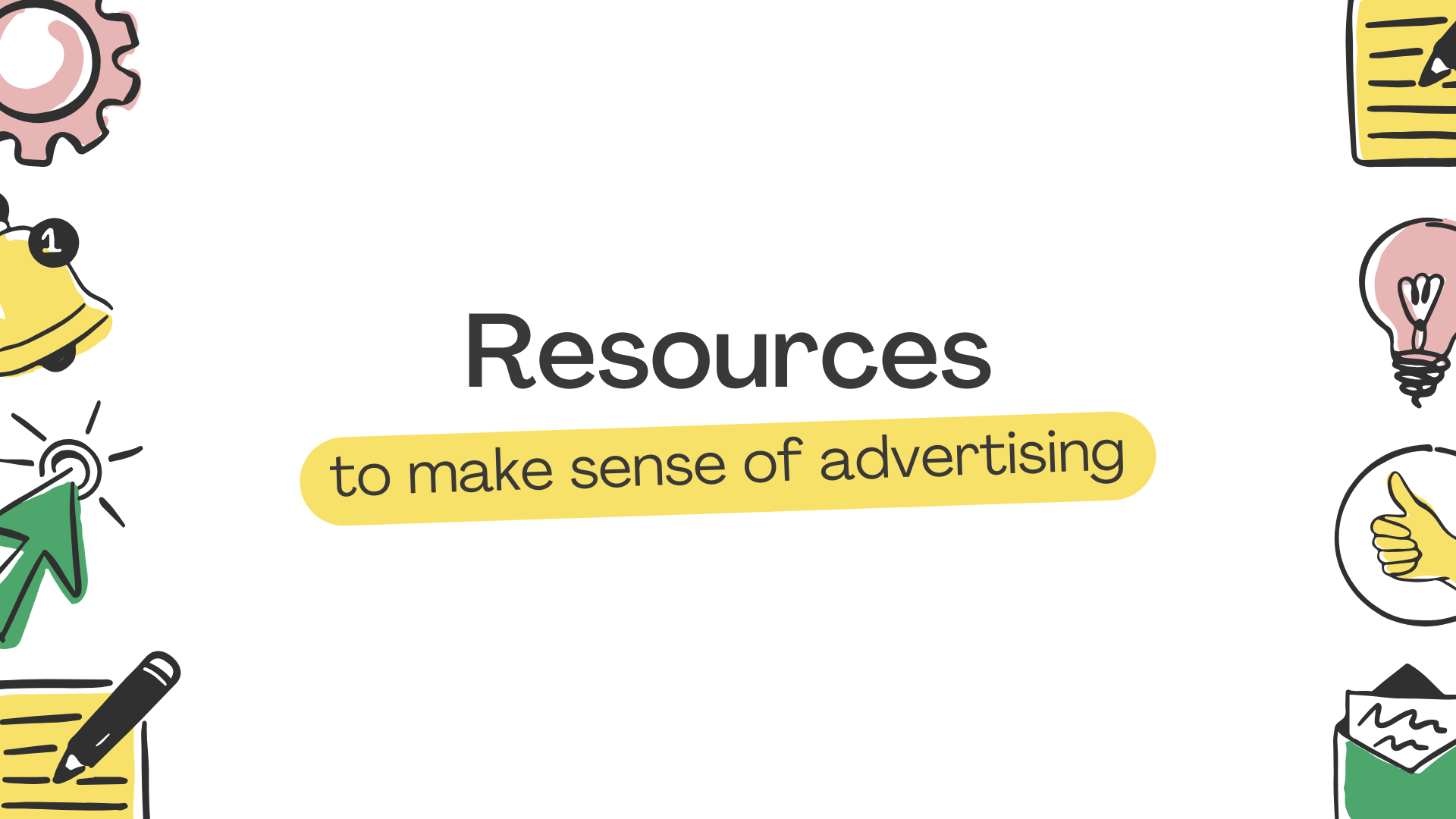
Julian Shapiro
Julian Shapiro is an angel investor with an engineering and startup background, so it makes sense that he knows a thing or two about creating successful ads. Check out his guides on ads to understand how they work–and you can check out his other guides for help growing your business, building a website, and creating landing pages.
Julian focuses almost exclusively on startups, so only some of his advice is applicable. But his advertising advice should still be great!
Social Cat
We’re biased, but we’ve created Social Cat as a fantastic tool for businesses hoping to scale with ads. You can use our platform to get super affordable UGC to run ads on Facebook, Instagram, TikTok, or Snapchat. We’re talking about getting a photo or video for as little as $20 sometimes!
UGC is generally expensive, so we’re proud to have created a solution that helps brands grow without breaking the bank. As our happy customers would tell you, Social Cat is a great place to scale your UGC and boost sales.
Social Cat also integrates with ChatGPT to help you write text for your ads. Do you know how each sponsored ad on Facebook has text above it? That’s ad copy; we can help you with that, too!
Book a call with our team, and we’ll show you how! 😁
Barry Hott
This guy knows ads–if he says something on X (Twitter), you better pay attention–because everyone else is! You can find him at Hott Growth and follow him on X–you won’t regret it.
Ad libraries
Go to Google and search for “Facebook Ad Library” or “TikTok Ad Library” to see what ads your competitors and big brands are running online.
It’s a great way to get inspired for your ad campaign–and since they’re free, you’re not out anything to check out!
Foreplay
Foreplay is a tool that helps you write briefs or find ad inspiration. We’re including it here because it’s an excellent resource when you’re ready to level up your paid advertising, but we don’t recommend starting with it. Leave it for now, and once you better understand how ads work, return to this article and check it out!
Our honest thoughts
Okay, you’ve made it to the end of the article–thank you for sticking with us this long!

If you’re here, we’re guessing you’re wondering what we think about paid advertising and whether your brand should use it.
Our honest opinion?
Yes–For most businesses, paid advertising is still the BEST way to grow your brand.
It has flaws, to be sure.
But those fade into the background when you consider how amazing social media paid advertising (and, to some extent, search paid advertising) is at helping you find and convert customers. It’s unmatched.
So, we recommend choosing the best ad platform for your brand and learning how to run paid advertising.
It’s not going to be easy at first. There is a learning curve, and ad platforms can be frustrating. But it’s hard to beat the sales and exposure you’ll get if you stick with it.
That’s how we’ve grown our brand to what it is today, and it can help your brand, too. 🎊
Table of content
Looking for influencers?

